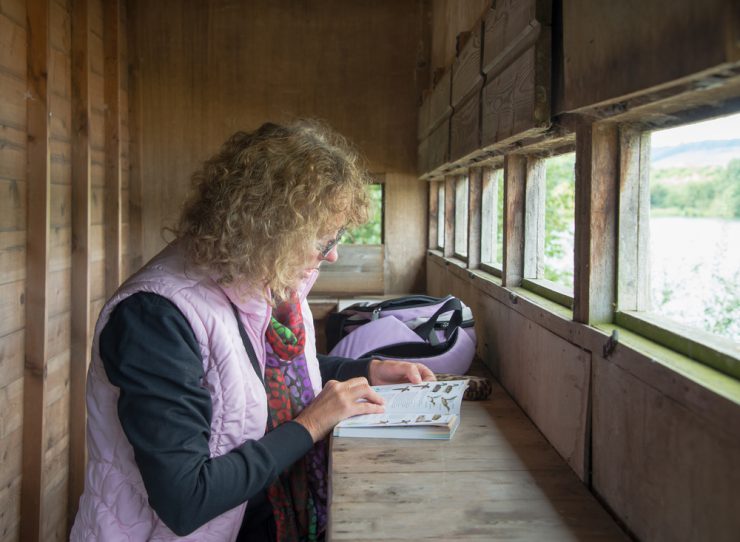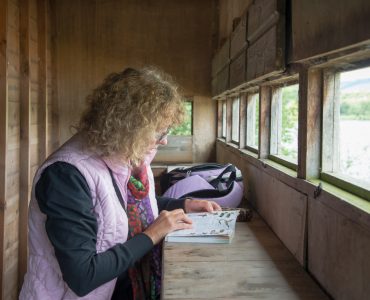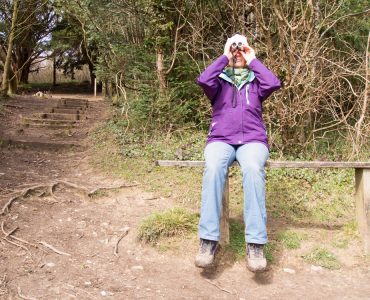Pheasant are not native to Britain, having been brought into the country back during the 11th century by Normans. The bird was meant to be a game bird, used for hunting and the likes. The male and female pheasants are different in appearance. The male birds are very easily recognisable, with a gleaming plumage, shaded a lovely coppery brown. The male bird is a riot of different colours, with a green head as well as neck and the ear tufts, and the throat a glossy purple shade as are the face cheeks. The face itself is a shiny red shade and the wattle as well. The males tail is slightly dull when compared to the rest of its body, and the barring structure is broad shaped. Certain types of male pheasants have a white band of colour around their neck. The female pheasant on the other hand, is very dim next to the males multi coloured appearance. They are a plain buff shade, with markings all around of a dark brown colour. The juvenile young of the pheasants are very like the female bird, only with a much shorter tail.
Another race of the pheasant family, known as a melanistic pheasant is a simple variation of the common pheasant. Both species, along with others of their race, interbreed very often, thus coming out with new races every now and then. The scientific name of the common pheasant is Phasianus Colchicus, and the fully grown bird reaches lengths of 75 to 90 cm, weighing about 900 to 1500 grams. This is a very heavy bird, and large as well, with its wing span being a huge 80 to 90 cm. the birds are found in the country all year round, and are at a green status in Britain. The pheasant’s voice, mainly produced by the male bird, is a loud and harsh sound, like a ‘korr kok’, which carries on for long distances.
The diet of pheasants is a diverse selection of foods, which they procure by the usual method of rummaging on the ground and among the trees and bushes. It consists mainly of insects, worms, fruit, berries, seeds and different types of grass. The breeding season of the pheasant starts in the month of April, with about 7 to 15 eggs and only 1 clutch. The nests built by the female are always found in shallow areas of the ground, or some low lying trees trunks, sometimes in tall grassy areas as well. The male bird generally maintains a harem, and is very protective of its territory, often getting involved in fights with other male birds. The eggs given by the female are non-glossy textured and brownish coloured. The incubation period for the young birds is about 23 to 27 days, which the female bird alone handles. She also takes scare of feeding the juvenile in the natal stage.
The pheasant, though brought into the country as a game bird, is currently protected under the Game Rights Act. This means that the birds are guarded during the closed season, and in the game season during September to February they are allowed into hunting grounds. This ensures that the game hunting goes on, and the birds don’t become extinct as well.








